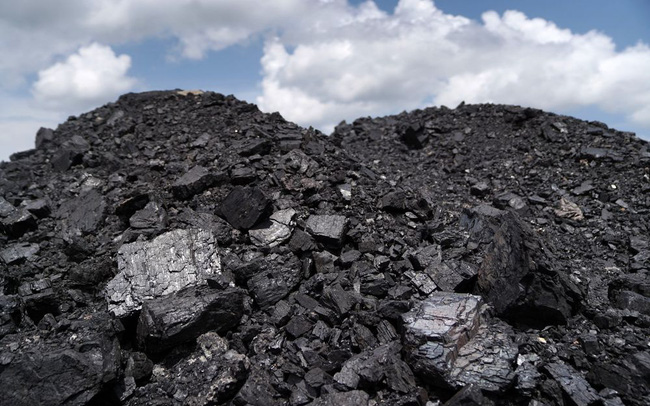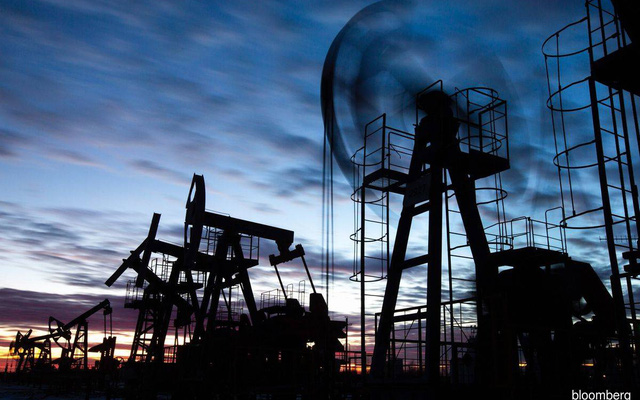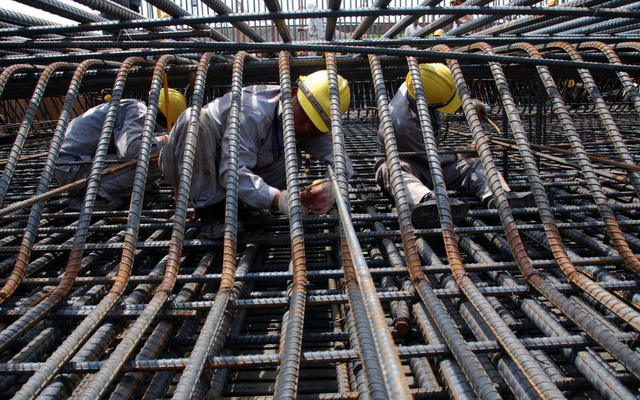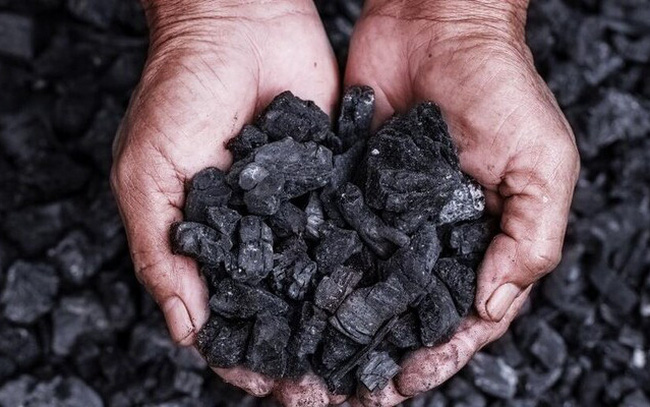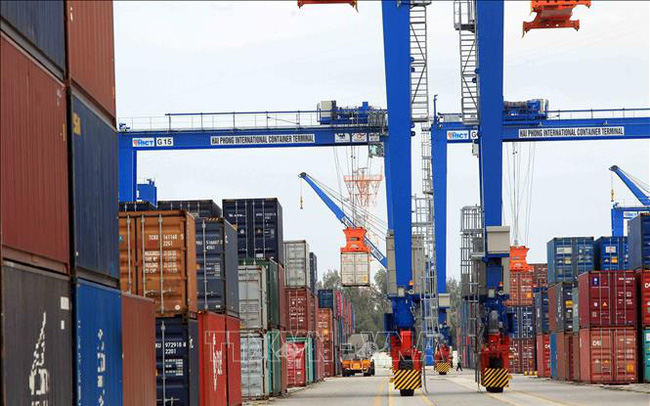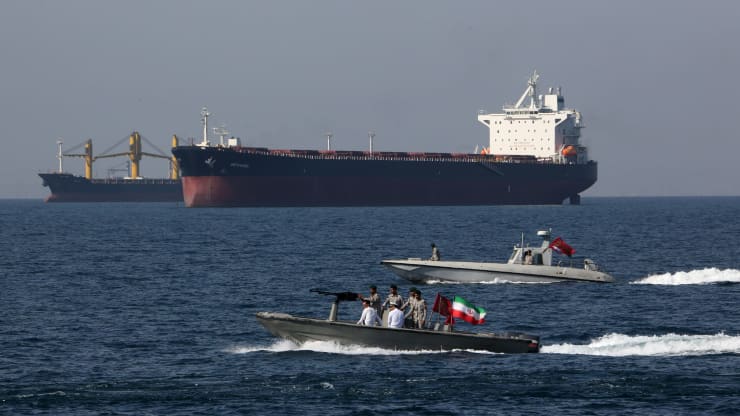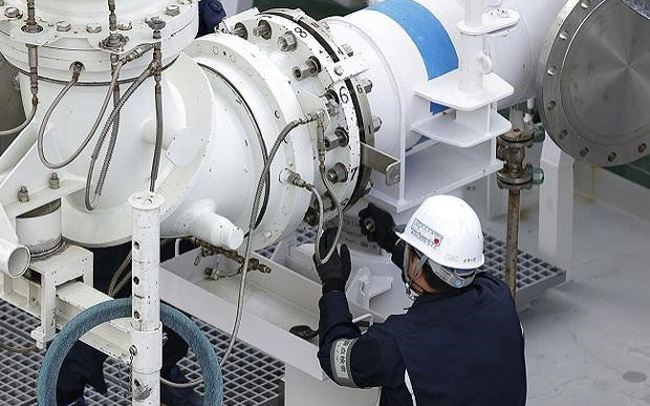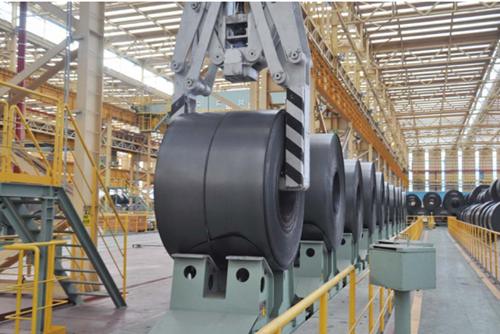While demand and crude oil prices are both in boom times, the wide-ranging energy crisis could have a knock-on effect on the oil market.
Explosive demand
The global energy crisis is spreading to the oil market. On October 15, the price of Brent oil rose as high as $ 85.05 / barrel, a price that almost no one imagined when only 18 months ago, the COVID-19 pandemic just hit the oil industry and causing a sharp drop in demand.
Now that demand for crude oil is recovering strongly from road fuel to freight, even the airline industry, once battered by the pandemic, is showing signs of resurgence.
The number of flights in Europe has recovered to about 75% of normal levels. Airlines from United Airlines to EasyJet have been ramping up capacity after the US eased travel regulations and Europe’s vaccination program helped keep the number of positive cases low.

With the positive atmosphere on a large scale, a series of refiners such as Repsol, OMV and Royal Dutch Shell all reported higher profit margins in the third quarter. However, a strong rebound in demand is also prompting a new energy crisis.
Not to mention, in the context that the price of natural gas in Europe is trading at the same price as crude oil at 190 USD/barrel, the same analysts believe that global crude oil demand will increase by 0.5 percentage points when Businesses in the old continent are rushing to buy fuels to replace gas, from diesel to gasoline and crude oil.
Gas prices increased rapidly, equivalent to a shock of 190usd/barrel of crude oil.
To outsiders, this change may seem rather modest. However, in reality, this is a big change. Such a demand increase would surpass the additional production (about 400,000 bpd) that the oil alliance OPEC+ wants to pump into the market.
Gary Ross, an energy consultant at Black Gold Investmors, said: “The situation is getting tense and OPEC is tightening supply too much. The global energy crisis is making things worse. worse because people are rushing to buy alternative fuels to gas to prepare for next winter.”
All of these events have further reduced global crude oil inventories. Satellite tracking company Kayrros said that global crude inventories, including onshore storage, crude in transit and offshore storage, are all below pre-pandemic levels.
Energy Aspects analysts Amrita Sen and Kit Haines said: “Amid low crude inventories, high refinery margins, and rapid loss of excess capacity, only when A new pause in demand could keep crude prices from spiking next winter.”

Crude oil demand recovered like a hurricane. (Artwork: Getty Images).
“He sticks beaten his back”?
At the same time, the deepening power shortage crisis in China and other heavy industrial powers is causing experts to worry about the risk of a slump in industrial output, weak economic growth, and subsequent low consumption levels. Fuel consumption goes down, instead of booming as it is now.
The Chinese government has allowed generators to raise electricity prices, removing price caps for energy-intensive companies. A series of Wall Street banks have lowered their 2021 economic growth forecasts for China, the world’s largest crude oil importer.
Toril Bosoni, head of oil market analysis at the International Energy Agency (IEA), told Bloomberg: “Many energy-intensive industries have been forced to stop or reduce production due to energy costs. amount is too high”.
In Europe, the situation is similar. A series of production facilities from zinc smelters to steel mills were forced to reduce output. As a result, the rate of purchasing crude oil instead of gas may slow down a bit, Bloomberg warned.
T&G International Joint Stock Company
Address: 352 Hue Street, Le Dai Hanh Ward, Hai Ba Trung District, Hanoi
Hotline: 0345786803
Email: hrm@tginterjsc.com
Website: http://tginternationaljsc.com



